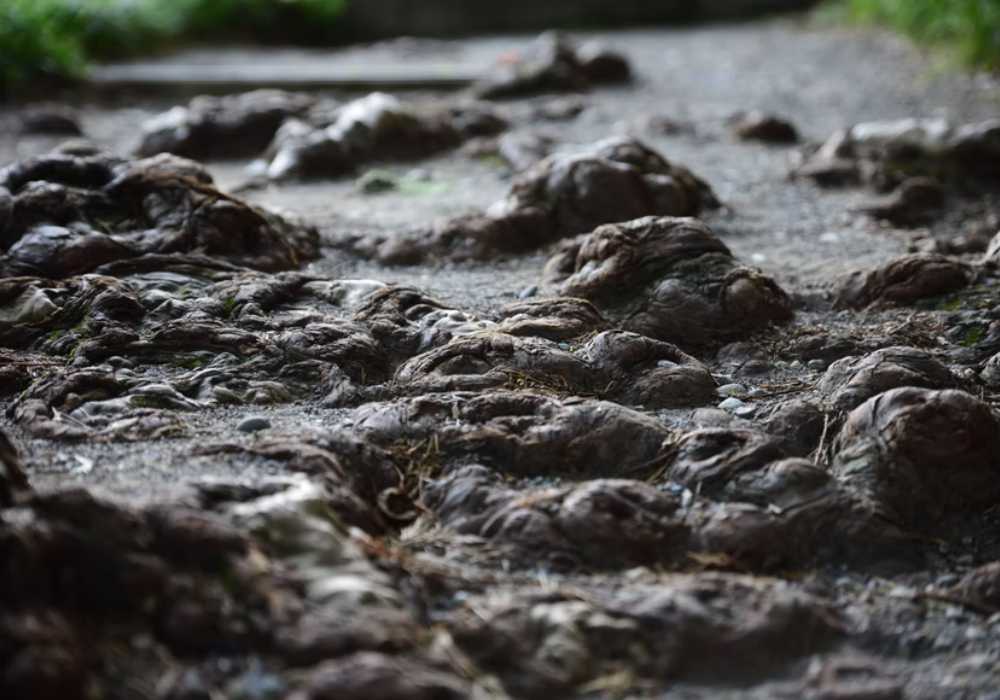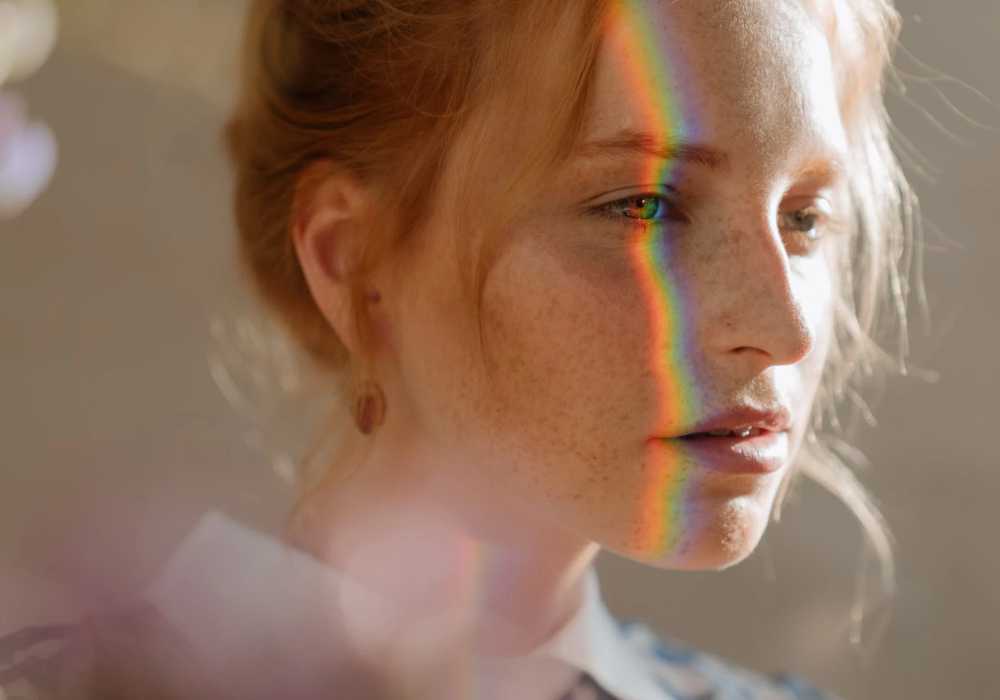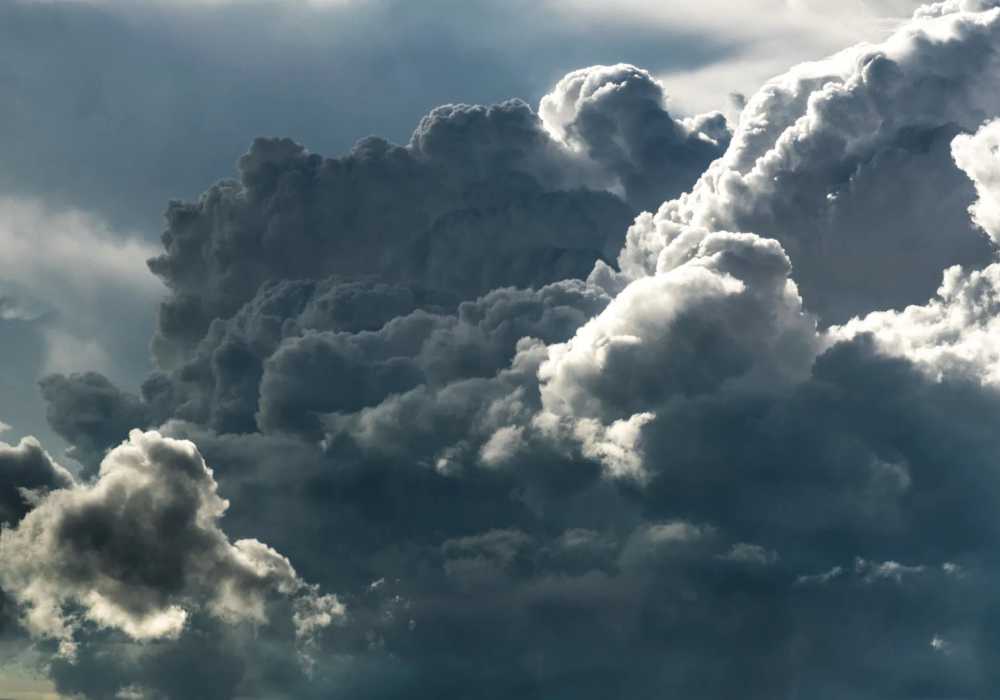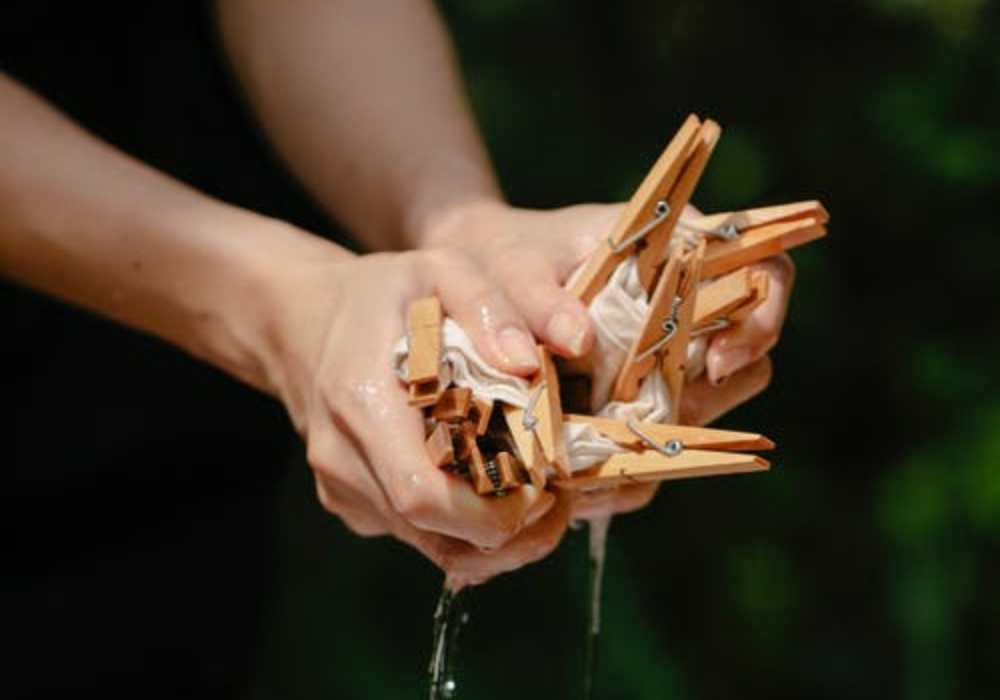As an Affiliate, We may earn a commission that doesn't cost you extra from qualifying purchases using links in this post. It helps keeps this blog running.
One of the most popular methods of getting the coveted summer tan is by using tanning beds. These can be found in many gyms, spas, salons, and self-tanning stores. They are typically stand-up seats with orange bulbs sending out UV radiation to produce an evenly tanned skin tone.
Tanning Beds produce artificial sunlight through ultraviolet lights. UV rays penetrate deep into your skin and cause your skin to produce a dark pigment called melanin.
There are many benefits of using a tanning bed. The first is that it is the most convenient method of getting a tan. No more running around in the sun or going to the beach and getting sand everywhere. Just sit down and relax for about 20 minutes and you will have your tan for the summer.
Read A Specific Section
Can you get itchy bumps on Skin after using Tanning Beds?
Yes, you can get itchy bumps from tanning bed on your skin after your tanning session because tanning beds emit UV rays which can infiltrate your skin’s surface and cause itchy, red bumps on your skin.
There are a lot of other reasons why this can happen and the first of them is if you have a bad reaction to the tanning bed that you are using. Your Itchy bumps after tanning bed could very well be a type of allergic reaction caused by the tanning oil or lotion you’re using on your bed (Contact Dermatitis). While skin allergies are not hard to deal with on their own, they can sometimes be very irritating and may affect certain areas more than others. Contact dermatitis refers to skin reactions that are brought on by common ingredients or substances like soaps, lotions, or even clothing material.
What are the red dots and spots after using a tanning bed?
As mentioned earlier, red spots and dots on the skin are pinpoint red points on the skin. Just like tanning bed rashes, there are several possible causes of these red dots that can include heat rash, KP, contact dermatitis, which is an allergic reaction to something touching your skin. If you start a tanning session with dry skin, the heat lamps can suck the moisture out of your top layer of skin. This will cause your skin to react by forming red pinpoint dots.
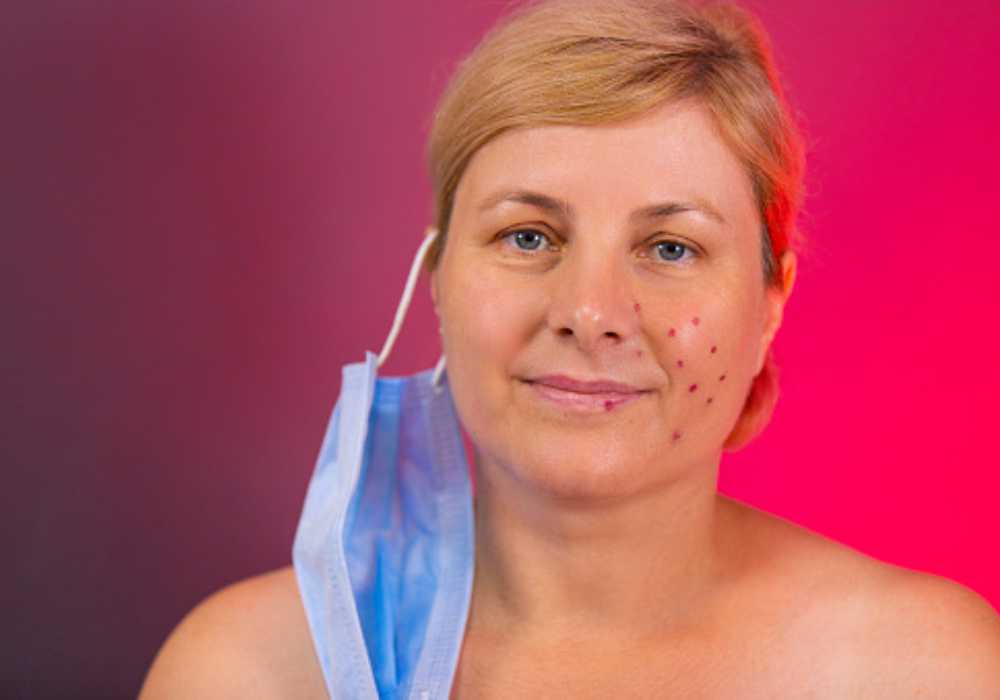
Another cause of this condition is overexposure to ultraviolet (UV) rays. Tanning beds use heat lamps to expose your body to UV rays, but your skin isn’t always able to absorb the right amount of UV energy that these lamps produce. As a result, you may develop irritation.
Here is Why Your Skin Feels Sensitive After Using Tanning Beds
Sensitive skin is a common skin condition that causes the skin to be more reactive to the irritations such as redness or itching. Those with sensitive skin will likely experience redness and burning or itching of patches of the skin. This condition is easily treatable and, although there are many effective methods for soothing irritated sensitive skin, there are natural remedies that can also be helpful at relieving symptoms triggered by this condition.
To avoid irritation and possible scratching, the first step to solving the problem is seeking out quality, unscented moisturizer. If a mild oatmeal lotion doesn’t quite do the trick, trying a thicker cream should help you wean yourself off of itchiness. After getting out of the shower or washing your hands, apply a generous amount to any affected areas. Pat in lightly rather than rubbing vigorously. Creams are best used twice daily and should be applied within an hour of drying off after your shower or washing your hands.
The main reason your skin feels sensitive after getting a tan is that oftentimes your skin could have been overstimulated by the UV rays. Tanning can also strip moisture from your skin, making the skin feel dry, dehydrated, and sensitive.
What are the white bumps from tanning beds?
White bumps are white, raised, hard bumps from tanning beds that look like grains of sand trapped under the skin. They’re usually grouped together and may appear on any part of the skin. Sometimes these bumps will appear the moment you step out of the tanning bed, sometimes hours and even days later, they appear often on the back, legs, or chest.
These bumps appear when a plug of oil and dead skin cells filled with keratin becomes trapped just beneath the skin’s surface.
There’s a distinct difference between red spots and white bumps from tanning beds. Red spots are pinpoint red points on the skin, they appear as a result of an infection, medical condition, skin irritation, or allergy.
What Does Tanning Bed Bump Look Like On The Skin
Having bumps on your skin after using a tanning bed isn’t uncommon at all. The most common type of bumps that form after using a tanning bed is red, pinpoint dots on the skin. These bumps often start out as little red spots that might itch, and grow into being full-blown, multi-inch wide patches across the body. To complicate things even further, so many users report that these bumps take some time to show up after tanning sessions, making it difficult for people to pinpoint when exactly they have developed the skin condition.
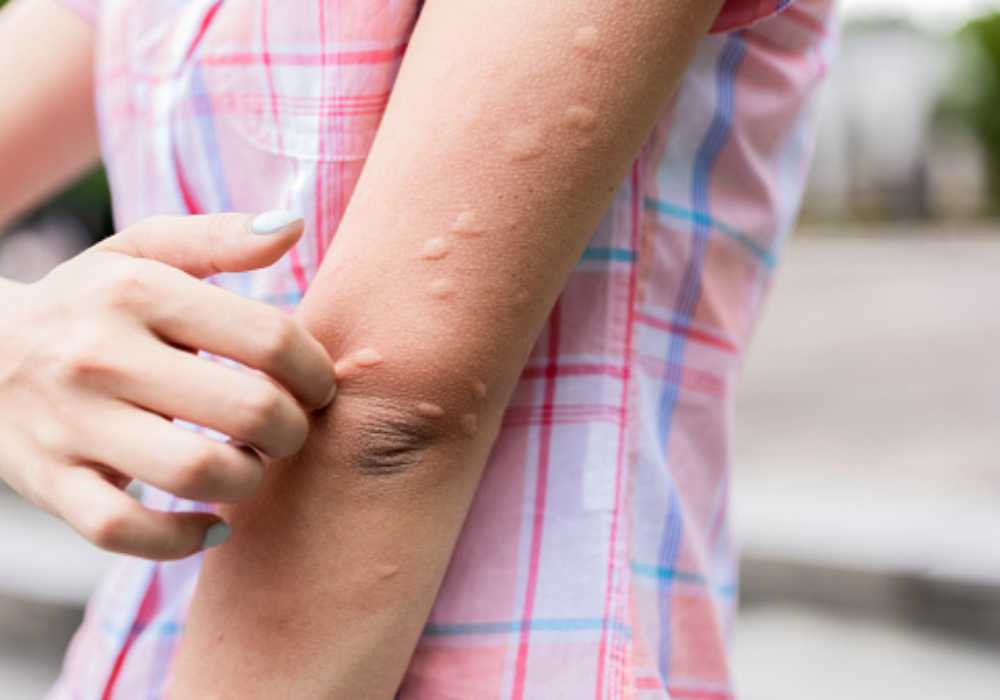
Skin bumps that occur from tanning beds tend to appear on the back of the legs, knees, behind, and stomach areas. Minor skin irritations should go away after a few days’ worths of common skincare treatment; It’s best to check in with your doctor if the bumps tarry or begin to bleed as these symptoms could mean more serious issues from prolonged exposure.
How To Stop And Prevent Tanning Bed Bumps
To avoid tanning bed bumps, it is important to take a few steps before getting into the tanning bed. Here are some steps you should take to limit your chances of developing this common skin problem:
- 1. Consider The Neatness Of The Tanning Salon.
Before you go about choosing any sort of beauty parlor to get your tanning done, it’s always important to carefully check out the hygiene facilities of the salon in question and simply evaluate the cleanliness levels. If they keep things meticulously tidy, they probably take good care of the tanning beds themselves.
Ask what types of cleaning products the tanning salon uses on their beds. You will want to make sure that whatever they use is safe for you and specifically what you’re about to use. Don’t forget to ask about any certifications or cleaning products that have been approved by an official source – this will be important information for your safety and health.
Additionally, before using the tanning beds, always check the current state of the beds to make sure they’re clean and running properly. The main concern with tanning beds is that people are exposed to harmful ultraviolet rays while they use them. If something was wrong with the beds, then you could end up absorbing far more excessive amounts of UV rays than you intended, which could cause severe illness and other problems in the future.
- 2. If A Stand Up Tanning Bed Is Available To You Consider Using It
Most tanning salons offer both stand-up and lie-down beds. Although most people opt for the latter due to their simplicity and the fact it is akin to a favorite pastime, there are benefits to choosing to utilize a stand-up bed. That way one doesn’t come in direct contact with the bedding every time they get into the tanning bed as in other cases, which is especially useful if you want to avoid any sort of red bumps or burns that may develop in this case.
- 3. Always Do A Second Wipe-down Before Tanning
You should definitely bring tissues or baby wipes with you to the tanning salon and clean the bed once before getting in. You can ask for a second cleaning from salon staff if you don’t trust that the first time was enough, or you can even bring your own cleaning solution and use it on the machine. One great idea is to have hand sanitizer around too because you never know who was there before you.
- 4. Apply Aloe Vera Lotion After You Are Done Tanning
After you’re done tanning, cool off with some aloe gel. Aloe is both soothing and cooling, it helps protect the skin after sun exposure, and it feels great on the skin. It also prevents tanning bed bumps from forming.
- 5. Consider Other Tanning Options
Spray tans are a great alternative to traditional tanning beds, which have been labeled as something between a nuisance and a health hazard by researchers. Spray tanning works by applying a combination of DHA and AHA compounds along the surface of your skin in order to help it better absorb UV light scales (melanin) along with other ingredients in moisturizers, conditioners, and natural extracts that help even out the surface of your skin prior to receiving direct UV exposure. What this all ends up doing is creating a reddish-brown color that looks similar to what you’d experience when wearing SPF 1000 lotions during an extended session outside in the sun. The beautiful part about spray tans though is that they’re safer because your skin receives less radiation exposure so there’s less damage or disruption of cells or alterations to their normal behavior patterns – ultimately preventing wrinkles.
What You Should Do If You Have Red Bumps After Tanning
If you think you’ve got a tanning bed bump, there are a lot of things you can do. They include:
● Avoid Sun Exposure – Use photoprotection like sunscreens and protective clothing.
● Use A Topical Cream- These creams are made to help you heal and get better when being applied to the skin. There are so many available in the market today that cater specifically to your needs.
● Take a warm bath: It’s important not to make it too hot of a bath because that can damage your skin.
How Long Does Tanning Bumps Last
Bumps on your skin after a tanning session are unsightly and sometimes painful, but they’ll eventually go away in a day or so. However, if you still have another UV exposure session before your skin has healed up completely, it will take much longer to get the bumps to disappear completely. You want to avoid that at all costs.
How To Get Rid And Treat Itchy Bumps
Getting rid of these painful bumps can be super easy if you take the necessary steps. The following are ways to eliminate your tanning bed bump.
- 1. Temporarily Avoid The Tanning Salon Or Tanning Bed Altogether
You should even refrain from getting any natural sun exposure in order to make sure that your skin will have ample time to recuperate. To prevent a relapse, it’s important that you take precautionary measures such as staying out of the sun and making use of sunscreen when out in the elements. This can be achieved by wearing long-sleeved clothing everywhere you go, slathering on some waterproof sunscreen before heading outside, and making sure there are plenty of shades around you at any given time to protect yourself from harmful UV rays.
- 2. Do Not Scratch The Bumps
Remember that itching your skin bump can make it worse, possibly causing it to blister and bleed. You don’t want to scratch at a skin breakout and make the area surrounding it inflamed.
- 3. Moisturize Daily
Moisturize your skin on a daily basis especially in the areas where you experience redness or irritation from your bump.
- 4. Take Luke-warm Showers
When bathing, it’s important to stay as clean and healthy as possible. Taking lukewarm showers every day can help you maintain your optimal health and keep yourself feeling great. Remember to wash the area of the bump gently without scrubbing too hard or using hot water, which can make your bump worse.
Like bad roads, Skin bumps tend to smooth out over a couple of days. If it remains for up to 5 days, see your physician and allow them to diagnose the cause.
Conclusion
Tanning salon bumps, itches, and burns generally occur during the indoor tanning process, though they can happen as a result of outdoor tanning. If you find yourself with bumps, or worse yet sores, while tanning it is recommended to cease all contact with your bed immediately in order to give your skin enough time to heal.

I’m Akin, your dedicated Editor-in-Chief and a fervent skincare enthusiast. Self-care is my true passion, and each year, I embark on a thorough exploration of self-tanning products, ranging from lotions to mists. This forms the bedrock of our commitment to delivering top-notch information to our readers. My extensive research and precise product rankings empower you to make informed decisions tailored to your specific skincare needs.
Unlock the Secrets to Achieving Your Ideal Tan with This Comprehensive Checklist
